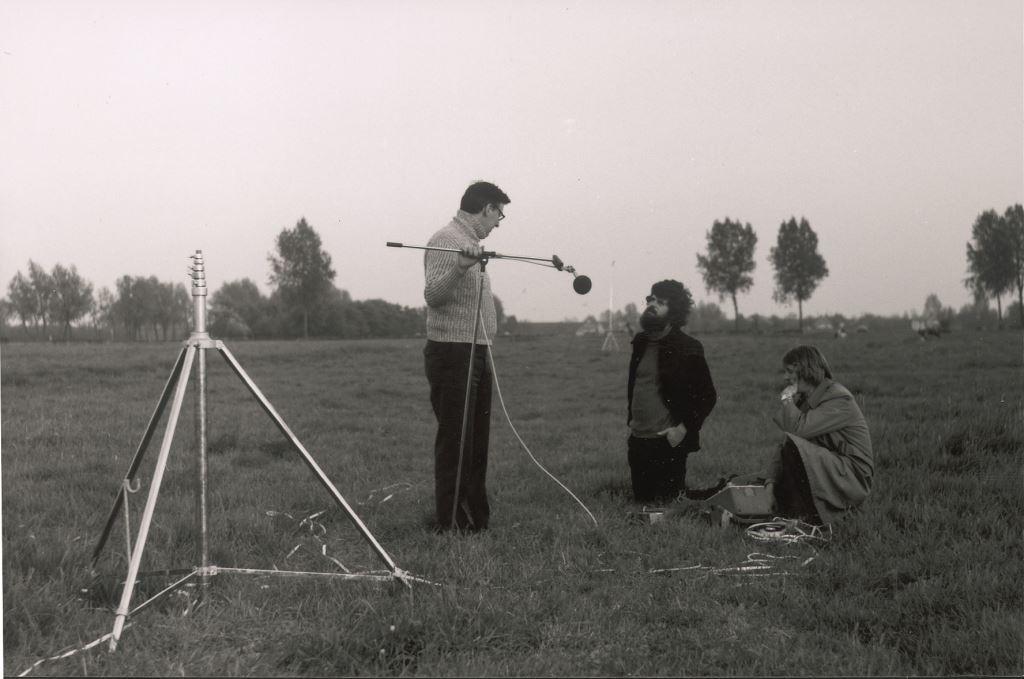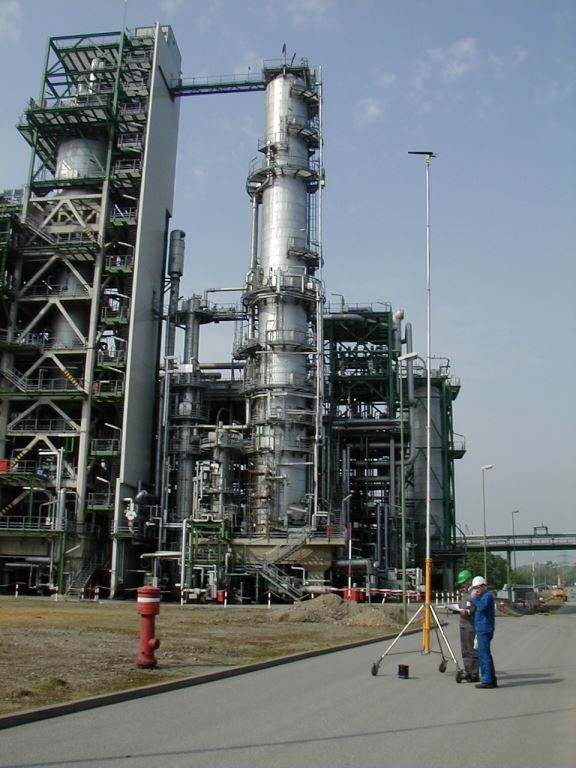
How M+P became big by tackling industrial noise
With the emergence of noise legislation, M+P received an increasing number of large assignments from governments. This led to great success: “for example, our Manual for Measuring and Computing Industrial Noise is still being used,” says former director Chris Nierop.
In the early years, M+P focused primarily on building acoustics, but that changed with the advent of the Noise Reduction Act (Wet geluidhinder). Noise regulation became increasingly important, and M+P reaped the benefits. We were awarded many contracts by government bodies. “The real turnaround came when the government wanted to work on the zoning of industrial noise,” says former director Chris Nierop.
“We then finally saw an opportunity for our ambition: to contribute to the new law commissioned by the Ministry of Housing, Spatial Planning and the Environment (ministerie van VROM) at a high level.”
Strong collaboration
The opportunities found in handling industrial noise came from the cooperation with our German parent company, Müller-BBM, Nierop emphasises. “I regularly found myself in Munich. The Ministry was looking for a workable mathematical model and Müller had already developed some sort of basic model at the time. We showcased that knowledge at (inter)national conferences and in professional journals. That's how the Ministry came to us. There were others with models but the disadvantages of those were the results not being reproducible because they claimed to be able to take different weather conditions into account. Müller solved that by always performing the calculations under "standard" conditions such as the wind coming from behind.”
Empirical approach
“The contract was awarded in collaboration with LBP and TNO. LBP had extensive meteorological knowledge and TNO brought in the deeper science. Together, we worked toward a globally unique method for a wide range of potential users. For that purpose, we placed huge speakers at different heights in the Lopik transmitter mast in the middle of the night. Nearby, we did extensive measurement sessions on things as the influence of soil on noise expansion. In those days, we still had to work with unwieldy, heavy measuring instruments and tape recorders, such as the Nagra. The trick was to derive the necessary algorithms from a huge collection of data. Such an empirical approach is truly in M+P's DNA.”
Eye for workability
“We published the results of our experiments in a series of publications. This culminated in the "Manual for Measuring and Computing Industrial Noise 1980," which we were allowed to revise in 1999. The remarkable thing is that the government still uses this model today, in 2022, and even deploys it more widely. Actually quite strange, because the manual was quite simple due to the computer capabilities of the time. But this shows the strength of M+P's pragmatic approach. We opt for workability and make sure we don't slip into difficult-to-handle scientific methods.”
Huge amount of work
“Industrial noise provided us with an enormous amount of work. For example, we surveyed urban planning influences on the shielding of industrial noise in residential areas. We conducted large-scale zoning studies for the ports of Rotterdam and Amsterdam as well as many provincial and municipal industrial sites. We then measured, for example, the source noise of individual plants at Shell during the day and in the evening - with less ambient noise - the effect on homes across the street. To do this, we used highly sophisticated measurement techniques and specially developed directional microphones. Thus, industrial noise became the pillar of M+P's success in the 1980s and 1990s.”

